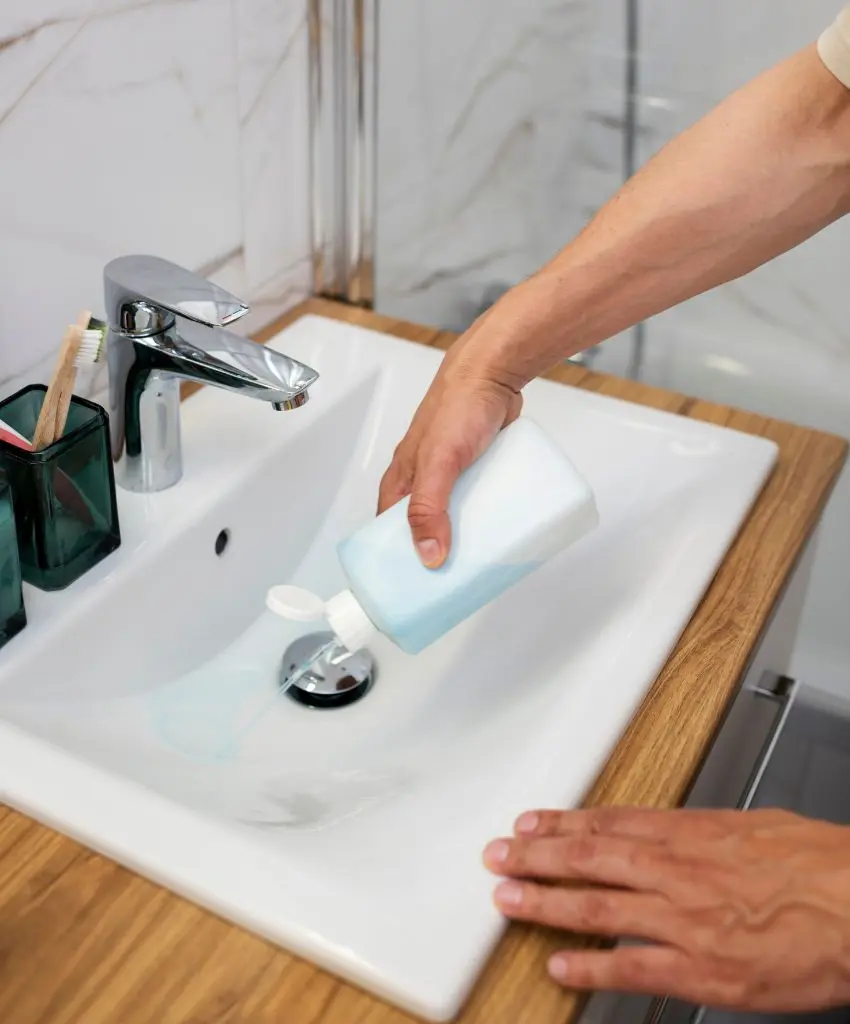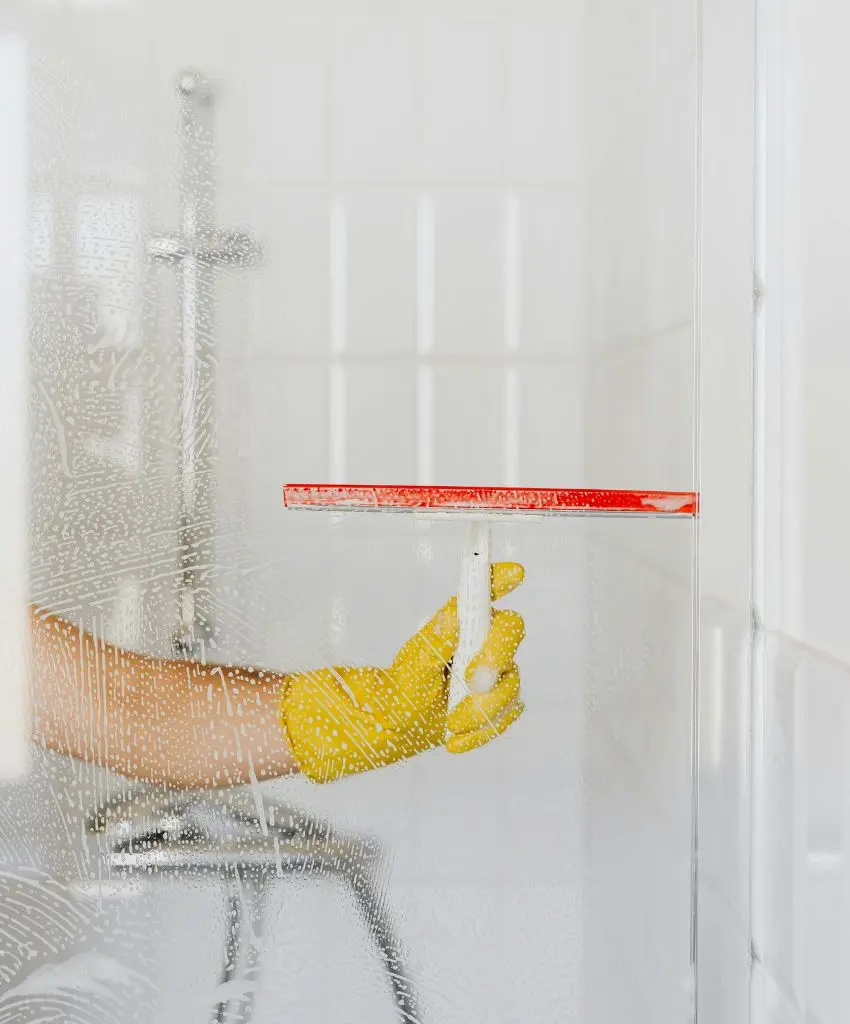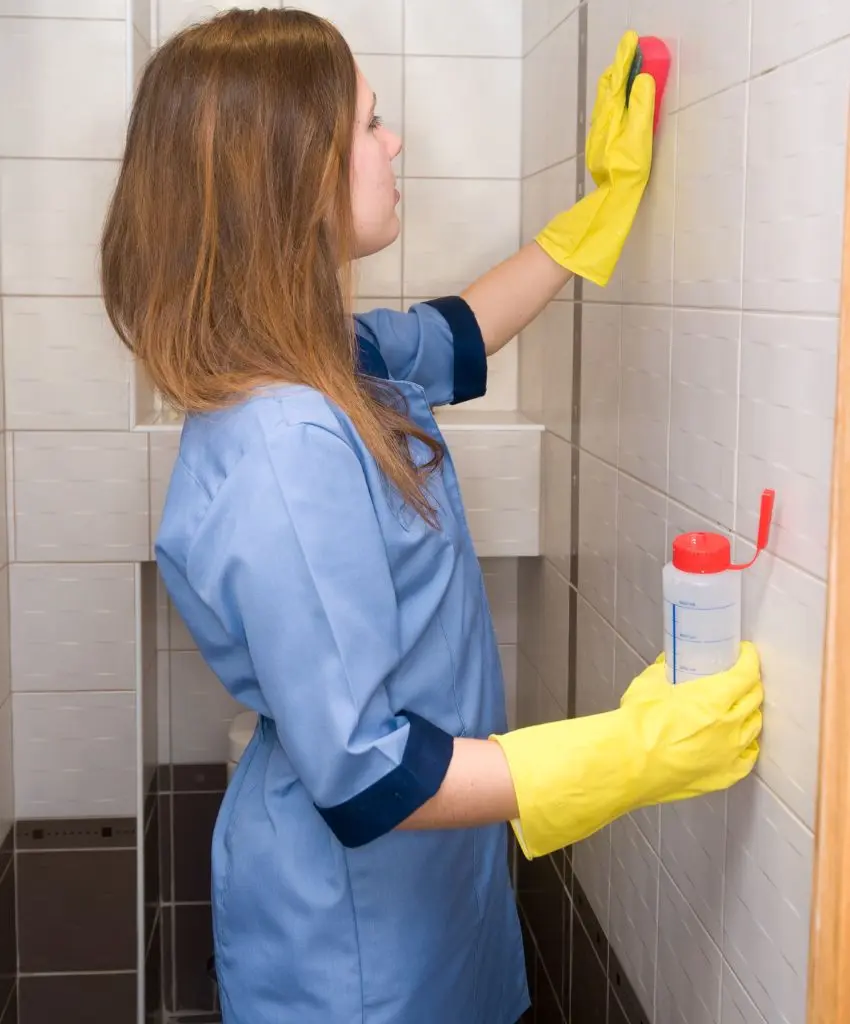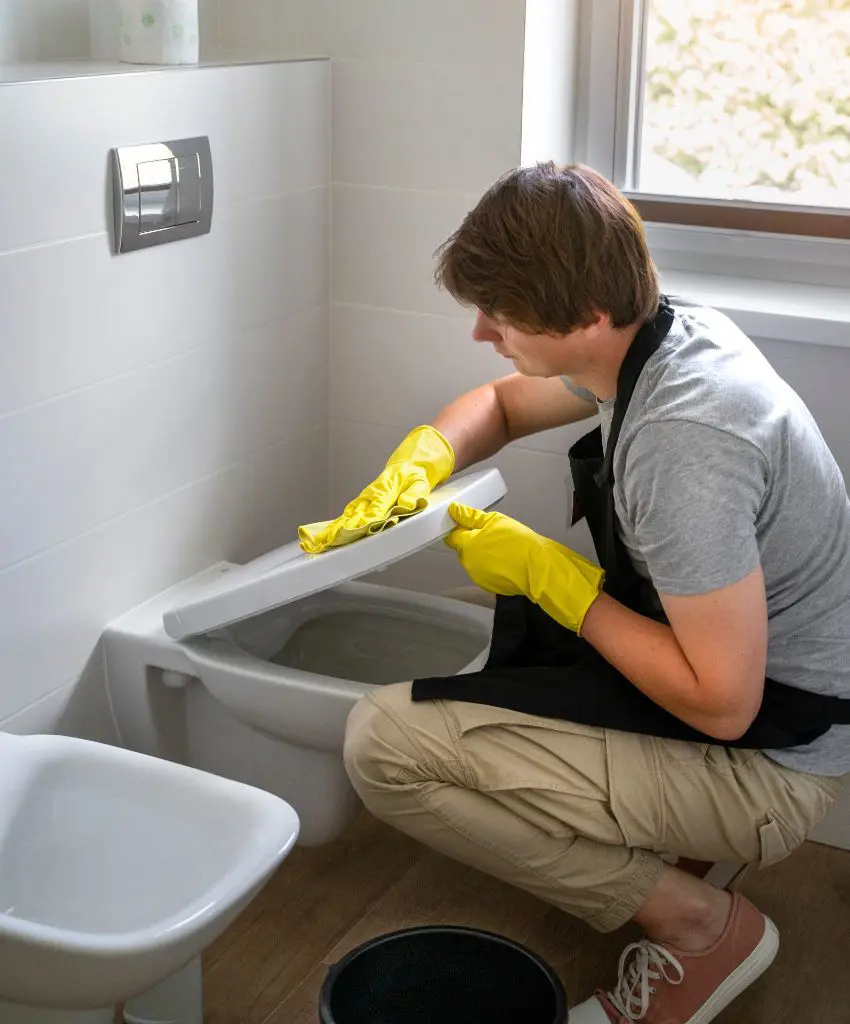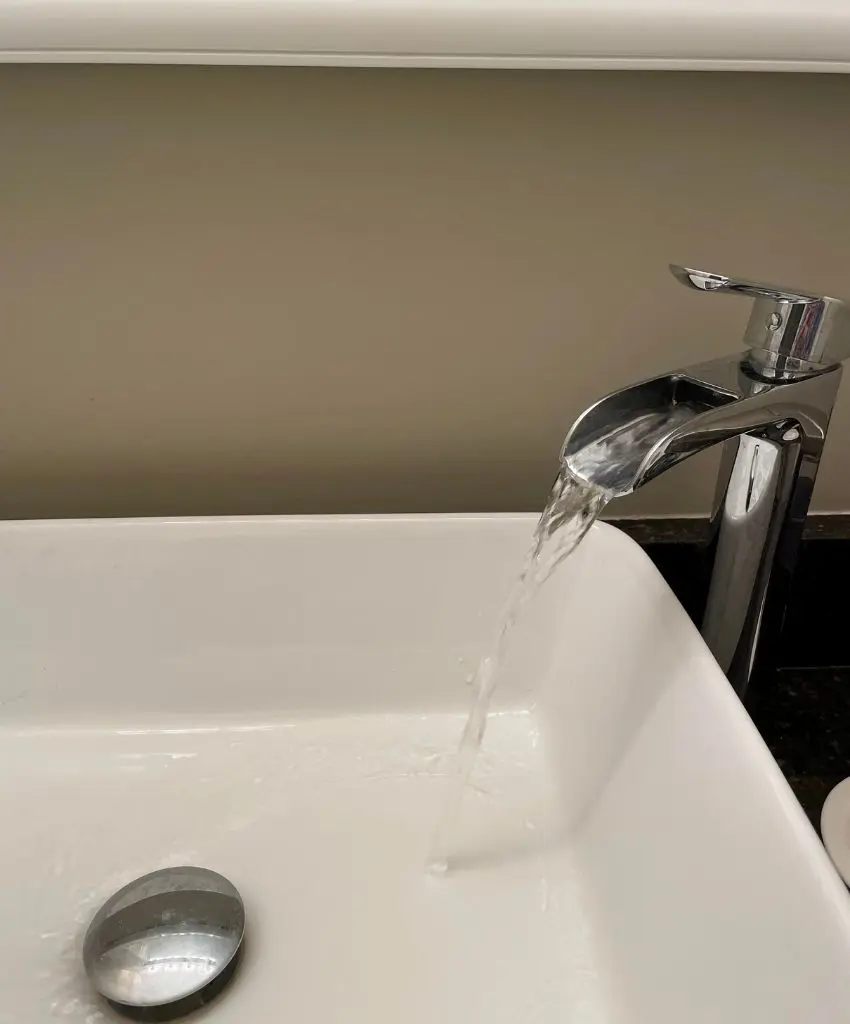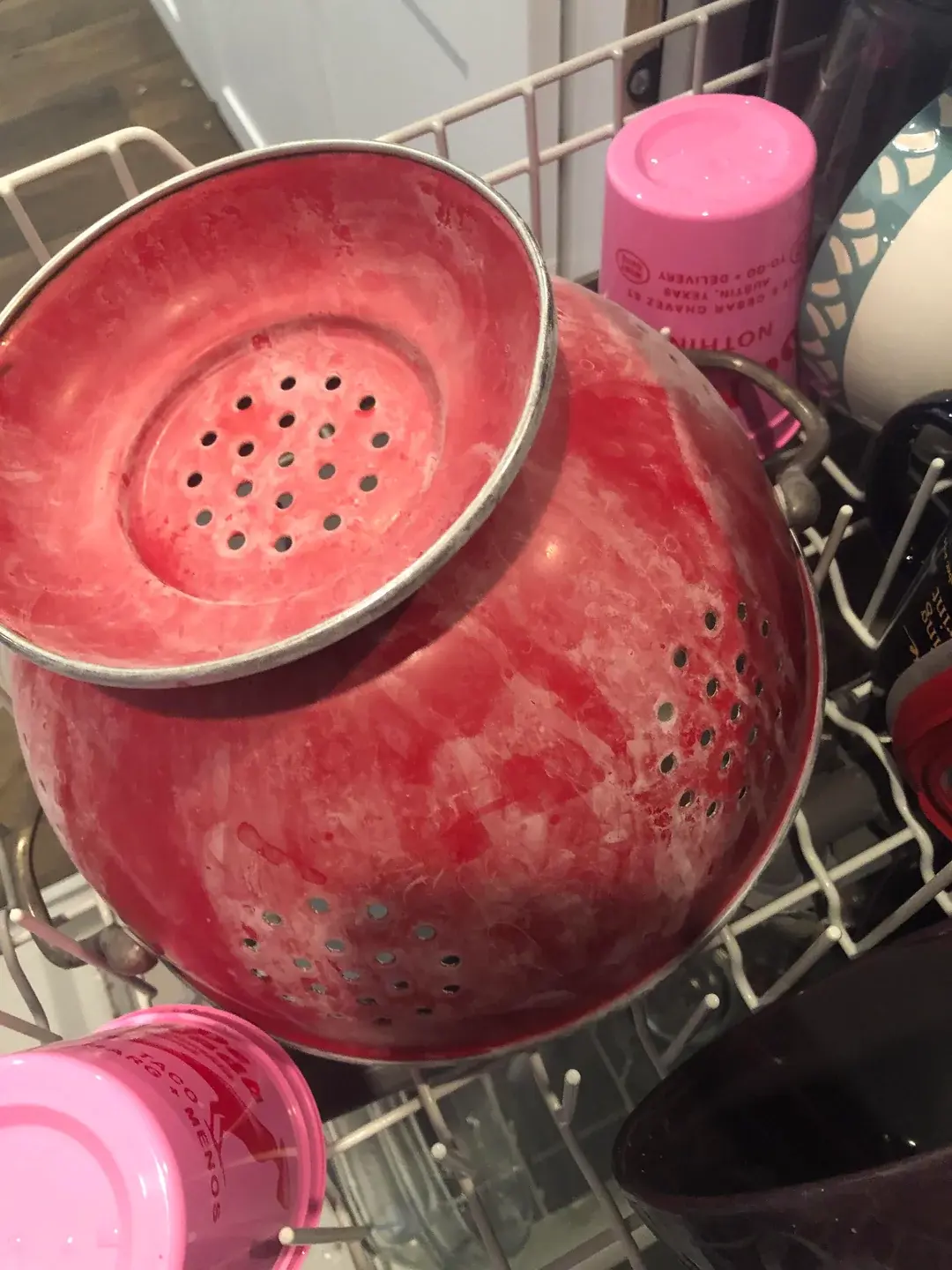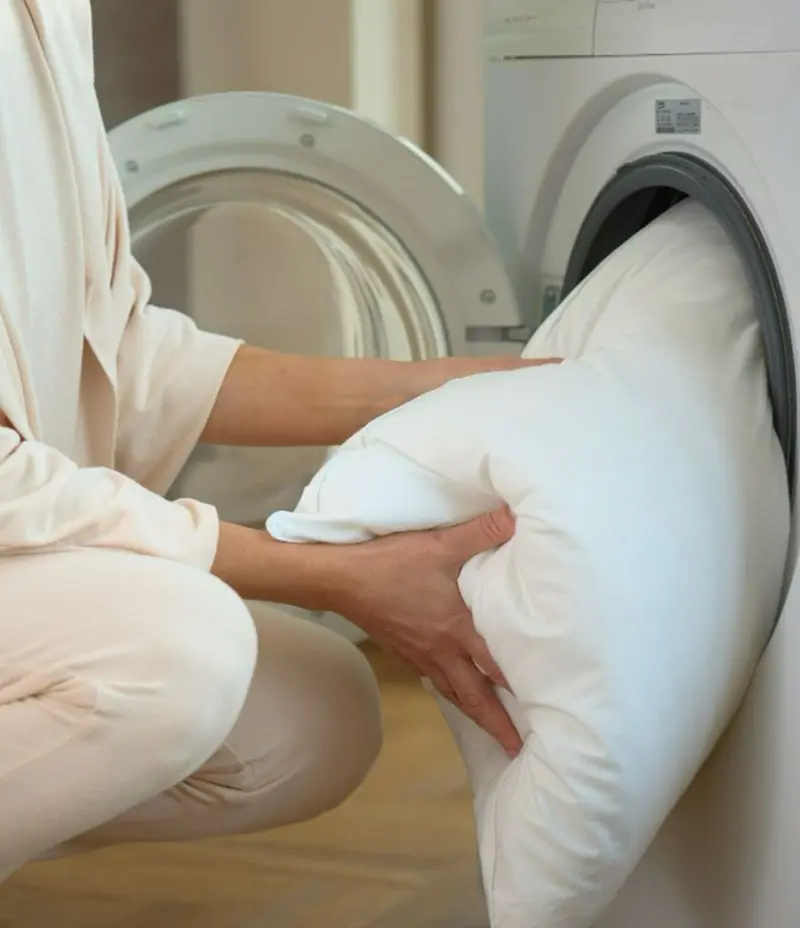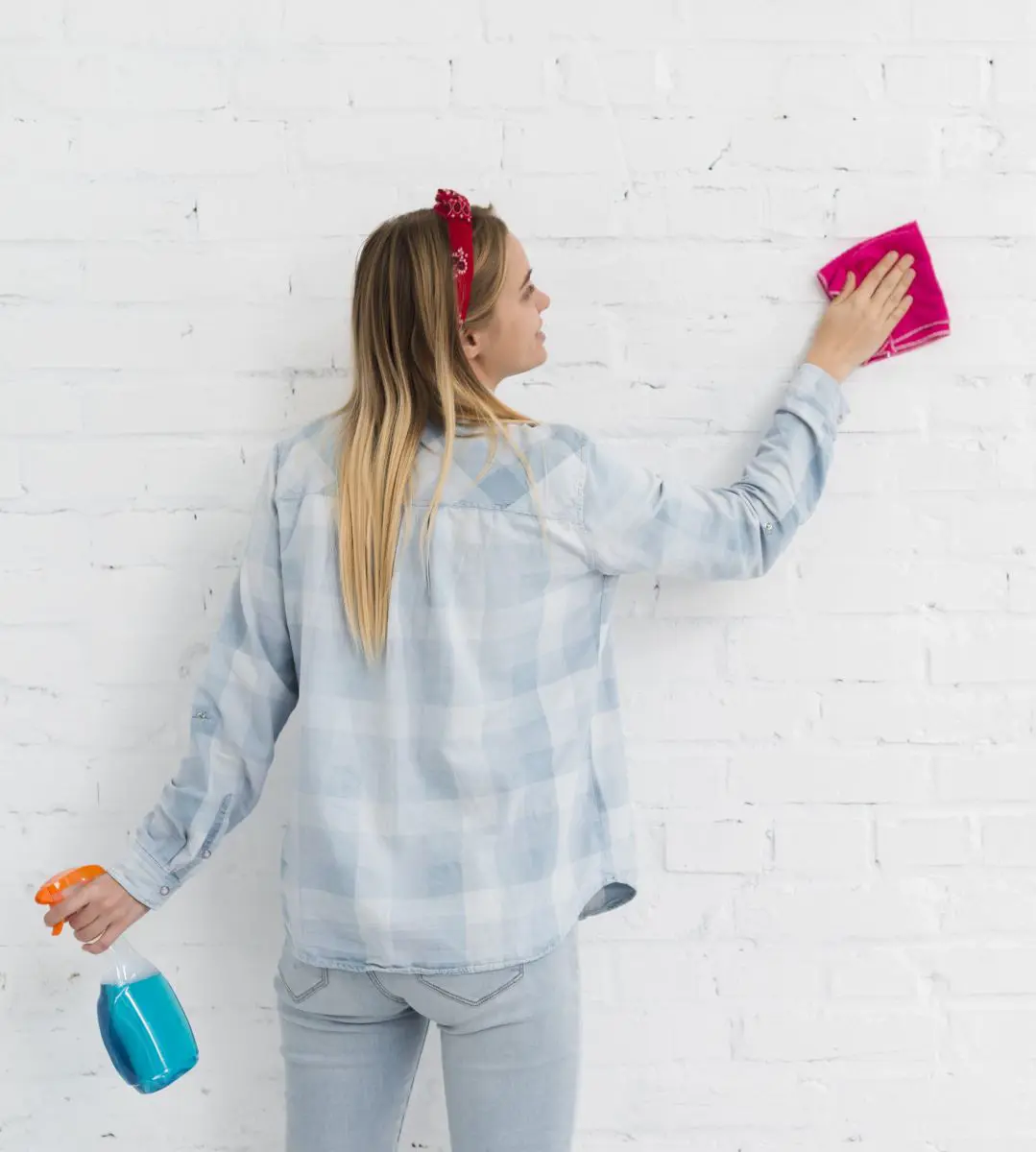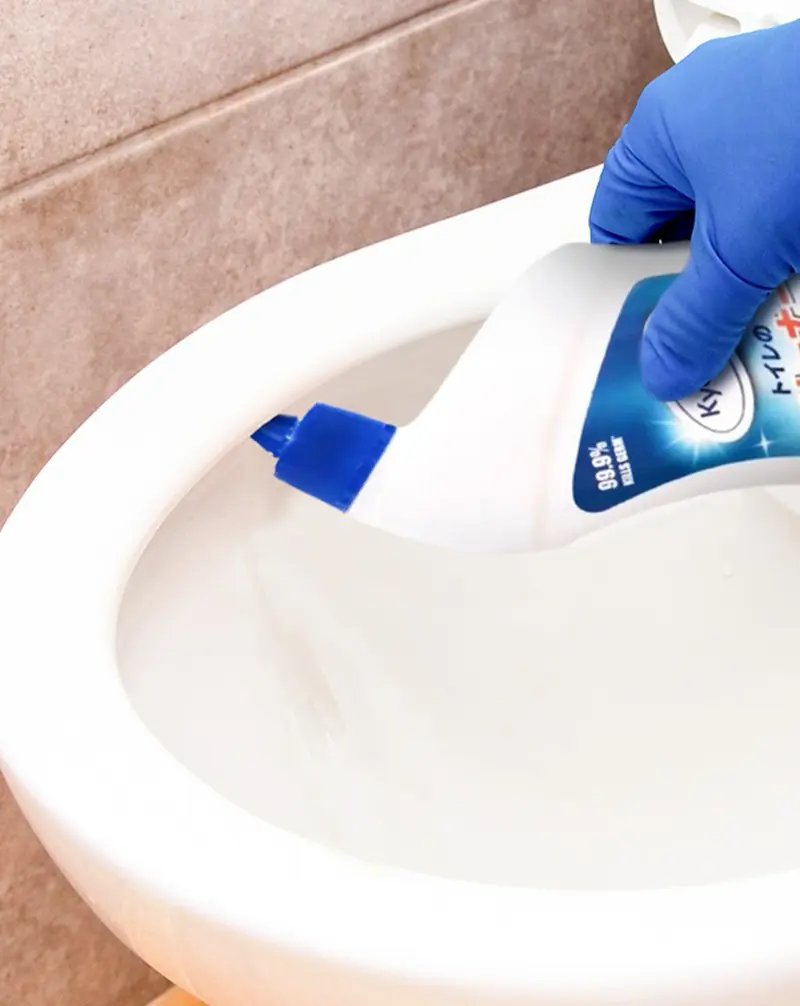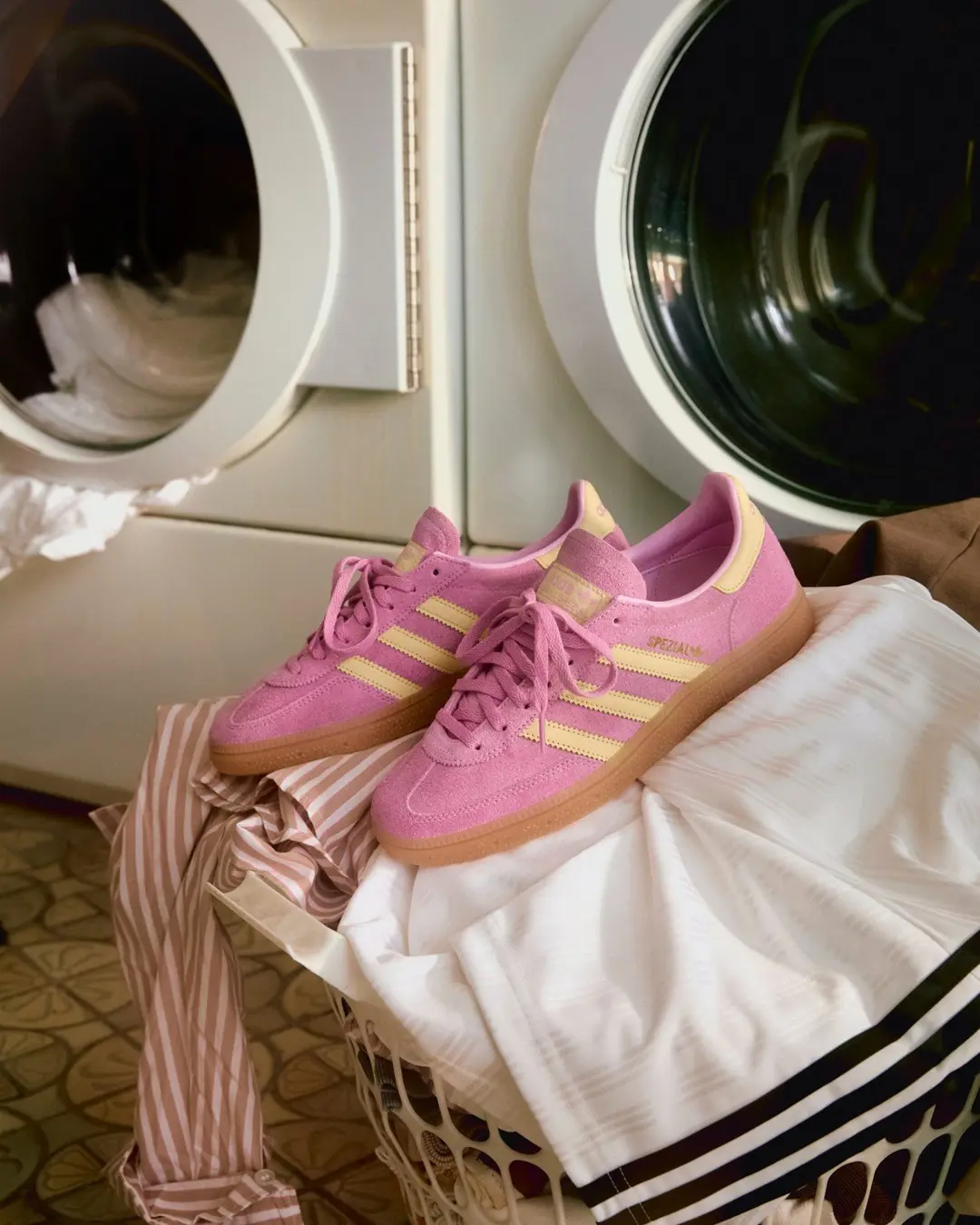How To Remove Hard Water Stains Using Chemicals
1. Vinegar Solution
White vinegar is perhaps one of the most efficient ways of cleaning hard water stains from surfaces. Vinegar is the mineral dissolving solution, in its natural acidic form it dissolves the minerals that are causing the stains.
Dilute equal proportions of white vinegar and water in a spray bottle spray the solution on all the stained surfaces and let it stand for fifteen minutes. Then wipe with a soft cloth or brush and again wash with water and do this lightly.
2. Baking Soda Paste
Baking soda is mildly abrasive and it can certainly be used for cleaning with the most probable success when it comes to dealing with hard water residues. Prepare a solution involving some baking soda and water to make a paste.
Spread the paste on the obsessed area and allow it to stand for 10-15 minutes; afterward, you can wash it off using a sponge or brush. Wash the area with water to get the region in its natural state of cleanliness.
3. Lemon Juice
Similar to vinegar, lemon juice is acidic, as such, you can use it to remove hard water stains fast. Take a fresh lemon and proceed to halve it and then directly apply the cut surface onto the stained part.
After putting the lemon juice, let it remain for a while before washing it with a rag or a sponge. In case any of the mixture gets wet on the surface, wash it off with clean water.
4. Commercial Cleaners
Different commercial cleaners are available on the market that are meant for stain removal that occurs due to hard water. Those solutions that consist of hydrochloric acid, phosphoric acid, and sulfamic acid can be quite effective. It is preferable to follow the use instructions of the manufacturer and wear gloves to prevent skin reactions.
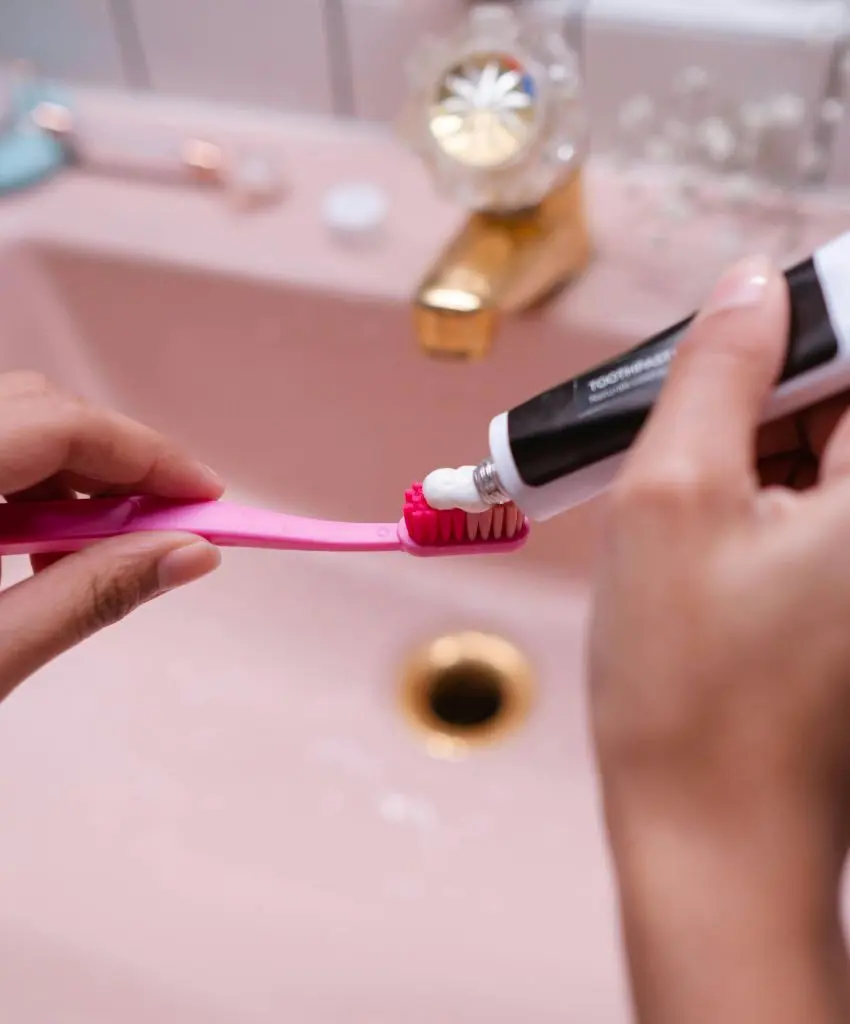
5. Toothpaste
This is good for simple scrubbing and removal of hard water stains and one can use toothpaste, especially with baking soda. First of all, dampen the toothpaste on a cloth or sponge and rub the stained area. Rinse well with water and dry up the surface of the item.
6. Hydrogen Peroxide and Cream of Tartar
Hydrogen Peroxide combined with cream of tartar will give you a strong cleaning paste. Add the two together to create a paste and then coat the stained area with the paste and leave it for a few minutes. Wash with a brush or sponge and then wash it with water.
7. Borax and Vinegar
Borax is one of the natural cleaning agents, and when used accompanied with vinegar, it can easily deal with hardness stains. Liberal application of borax is applied on the stained region followed by the vinegar. Allow the mixture to stand for a few minutes before rinsing and scrubbing with a brush. Rinse thoroughly with water.
8. Salt and Water
Salt is a kind of abrasive that does not exert much pressure; it can be useful in scrubbing off hard water stains. To prepare paste add some quantity of salt in a bowl and add some amount of water to it.
Rub the solution on the areas to be cleaned and blot with a sponge or a piece of cloth. Rinse with cold running water to clean off any salt deposits.
9. Ammonia Solution
Ammonia also works for cleaning stains that arise from hard water on glasses and mirrors. Prepare a solution using one part of ammonia and three parts of water. Spread the solution on a cloth or sponge, scrub the affected area, then rinse with water.
Ammonia should be prepared in a location with proper ventilation and proper protective gloves should be worn.
10. Pumice Stone
A pumice stone is also effective in the elimination of hard water deposits on toilet bowls and any other porcelain surface. Slightly moisten the pumice stone and rub it on the stained spot gently. The stone will assist in washing the stains off without causing any damage to the surface. After that use water to rinse the cleaned area.
